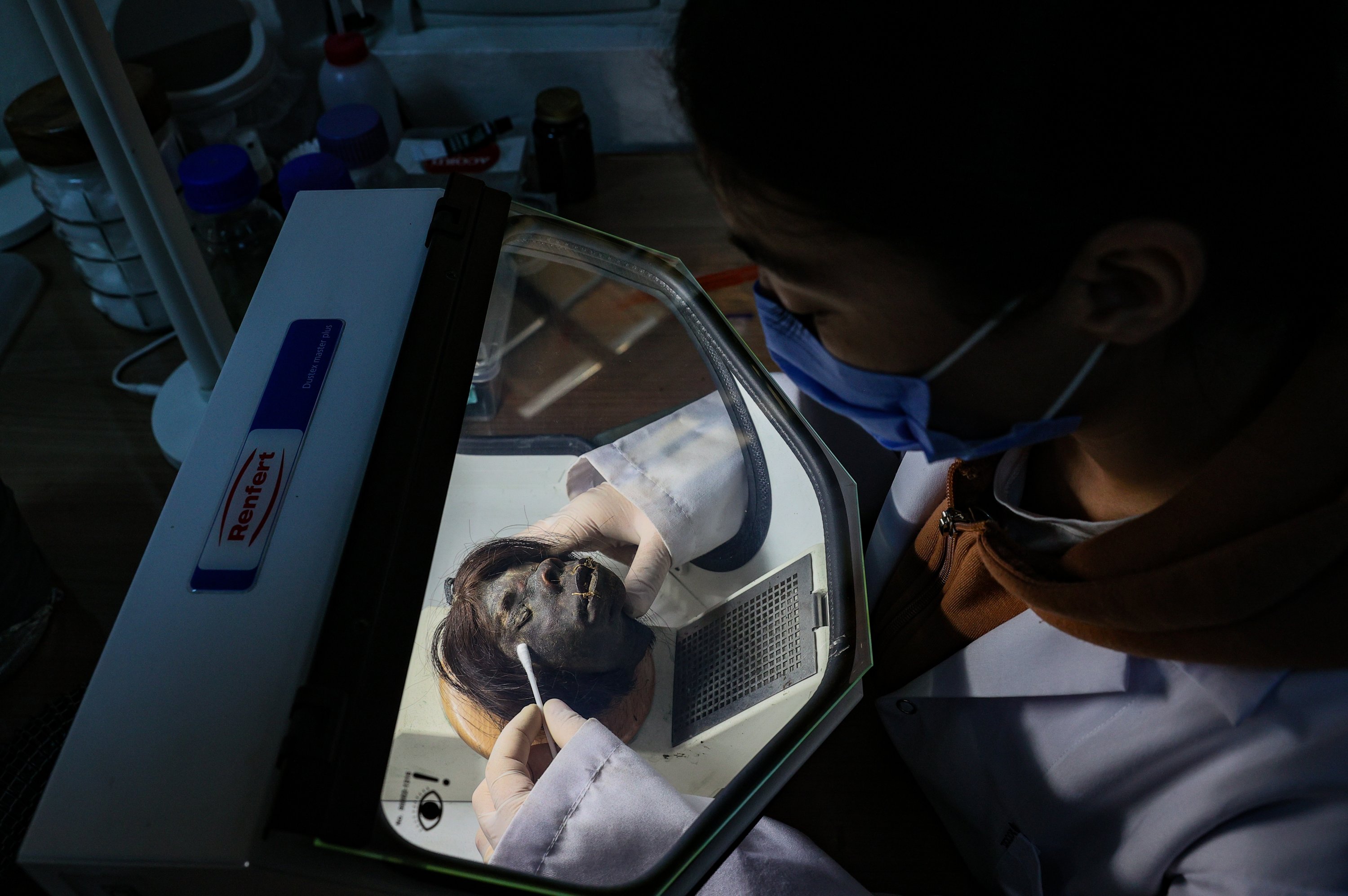© Turkuvaz Haberleşme ve Yayıncılık 2025
The Ministry of Commerce Customs Enforcement and Anti-Smuggling and Intelligence Directorate has recently seized some unique artifacts, including shrunken heads, in an operation at two different addresses in the Aliağa district of western Izmir province. The Izmir Archaeological Museum has launched a new study to examine the history, source and characteristics of the seized artifacts.

As part of the study, experts at the Izmir Archaeological Museum will examine about 400 artifacts, from 500-year-old shrunken human heads that are thought to belong to the Jivaroan people to paintings by European artists.
The Jivaroan are the indigenous people in the headwaters of the Maranon River and its tributaries, in northern Peru and eastern Ecuador.
After severing their enemies’ heads, the Jivaroan people would shrink the heads with a special method. They would wear these severed and shrunken heads like a necklace as a symbol of dignity. With the examination of the four shrunken heads, Izmir Archaeological Museum experts are preparing a detailed report.
The other artifact group being examined are paintings dating to the 18th century. According to the experts, these are works of famous painters that were not known until today among these paintings.
Izmir Archaeological Museum Director Hünkar Keser told Anadolu Agency (AA) that the experts will prepare a detailed report on the artifacts after the preliminary examinations. Noting that DNA analysis will be conducted for the shrunken heads, he continued: “Although we cannot tell their exact origin, we think that the shrunken heads belong to the Jivaroan peoples, one of the most primitive tribes of the period who lived in the Amazon Forest.”

Reminding that Turkey has international agreements on historical artifacts, Keser also said: "Our country does not want anything that does not belong to it. It only wants to showcase the works that belong to it on its own territory. Many examples have been seen before and Turkey has sent the works from China, Syria and Iraq to the lands they belong to. If we determine where the artifacts belong in our work in the laboratories of the Izmir Archaeological Museum, we will surely send them to their lands. However, we have not discovered certain information on the works yet. Our study on the artifacts is expected to continue for a year.”
